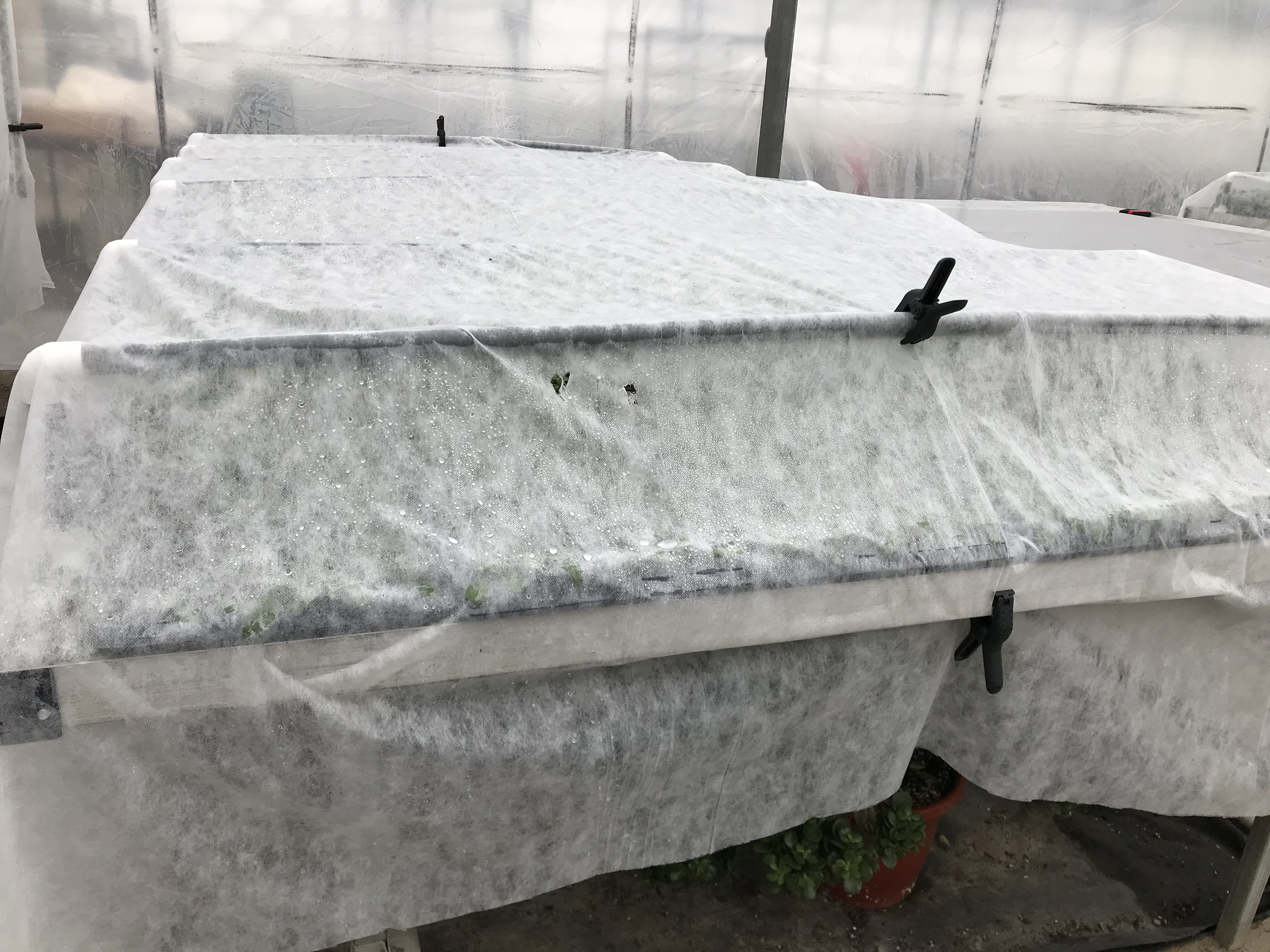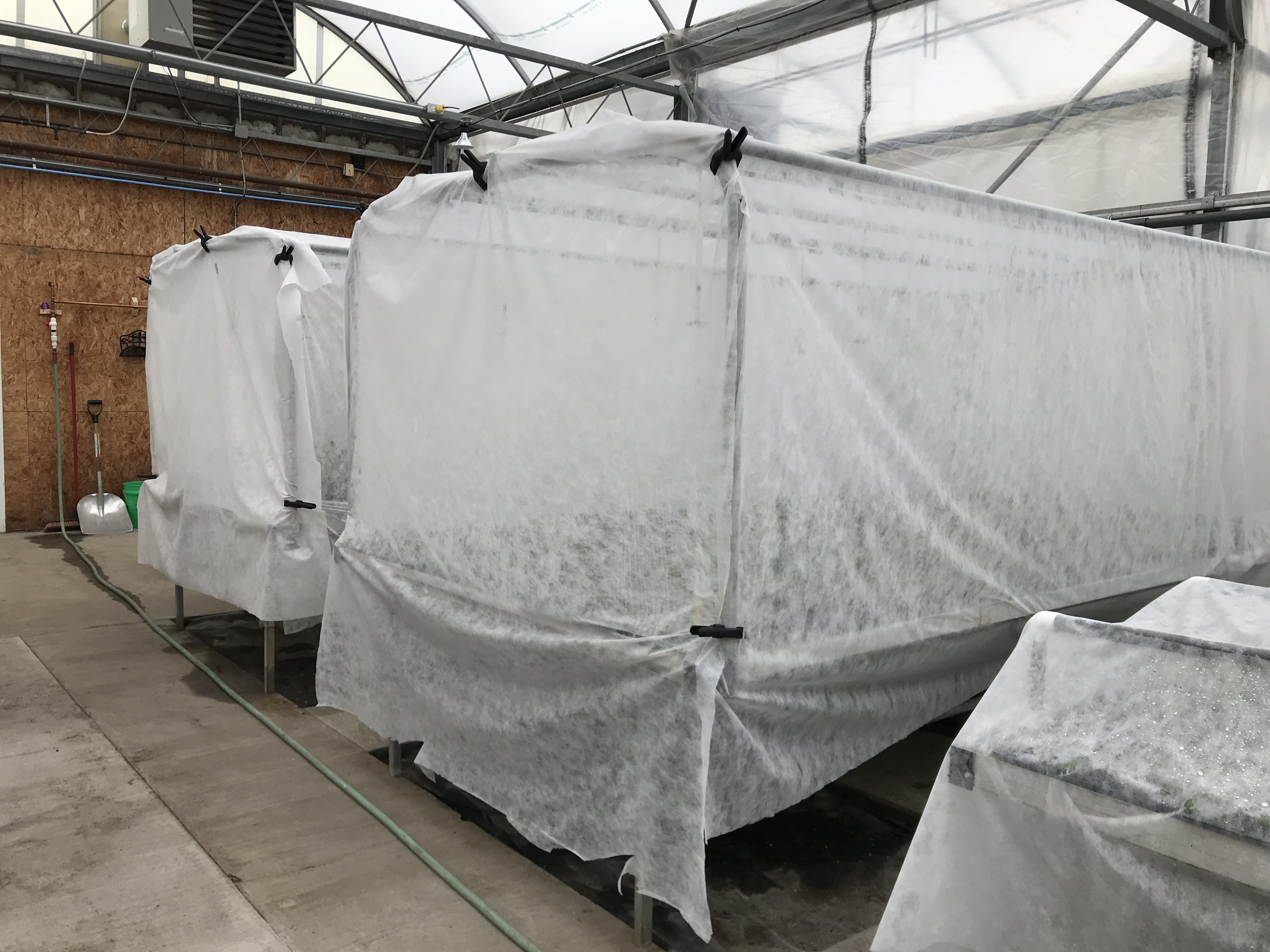Southwest Michigan floriculture report – February crop status and culture notes
Warm and cloudy weather presents challenges for greenhouse growers.

Author's note: Be sure to also check out the southwest Michigan greenhouse insect update for February.
Although snowfall for the month of December in the Kalamazoo, Michigan, area was significantly higher than the previous year, the seasonal total was a half-inch behind December 2018. The trend has continued into 2020, where we have seen 22.3 fewer inches of snow than the 22-year seasonal average (yikes!). This is not particularly surprising when we look at degree days (base 32 degrees Fahrenheit) throughout our area. According to Michigan State University Enviroweather, Kalamazoo, Cassopolis, South Haven and Benton Harbor are all sitting in the 96-105 accumulated degree day range. The relatively warm days and sub-freezing nights have provided just enough rain and snow to make quite a mess in some areas. Mind the ice, everyone!
Spring crop status
With the exception of growers who ship early to southern markets, the majority of protected production space in the region remains cold and silent. The early February pace in most southwest Michigan greenhouses is usually a bit subdued, but it won’t be long before the tempo quickens. Most of the activity is still happening in propagation houses where the warm, humid environment is perfect for raising tiny young plants. The only thing we could really use is a bit more sunshine. Cloudy days translate into slower plant growth, which can be problematic when we’re trying to stay on a production schedule. It’s times like these when supplemental lighting really comes in handy!
Diseases and disorders
Perhaps the biggest challenge to working with unrooted plant material is minimizing water loss while the cutting develops its own root system. Growers do their best to keep the relative humidity around the stomata high enough to slow down the transpiration rate, but not so high that it causes other problems. It can be a challenge. One common strategy is to lay Reemay—or some equivalent material—over the top of the trays. The semi-porous covering helps maintain a comparatively high relative humidity around the plants while still allowing for gas exchange. The drawback to this method is that wet cloth laying on wet leaves (from misting or other forms of irrigation) is a perfect environment for Botrytis and other opportunistic water molds.
There is, of course, variation in tolerance to these environmental conditions across plant species and varieties. Some plants are fine with it. Some plants are very sensitive to wet foliage (e.g., Helichrysum) and will melt down under these conditions. One solution is to construct a supporting structure for the fabric (Reemay, AgriBon, etc.) and use it to create a tent over the trays instead of laying the fabric directly on the foliage (Photos 1-4). This allows us to maintain the desired humidity inside the tent while minimizing the amount of time that the foliage remains wet. Growers who have used this method have seen a reduction in disease incidence and a corresponding improvement in plug quality.
Garrett Owen, greenhouse and floriculture specialist with Michigan State University Extension, has written several articles on this subject; here's one to check out: “Moisture management during vegetative cutting propagation.”
Updated management recommendations for Botrytis and many other common greenhouse diseases can be found in the “2020 Greenhouse Disease Management” guide by MSU plant pathologist Mary Hausbeck.






 Print
Print Email
Email

